Antibiotic treatments have become effective against cancer, autoimmune disorders, and infectious infections. Monoclonal antibodies (mAbs) have transformed medicine with their precision and potency. Immunogenicity The immune system’s recognition of antibodies as foreign has hampered antibody-based drug development. Humanized immunoglobulin G (IgG) antibodies improve antibody treatment safety and efficacy.
To humanize something you must graft murine hypervariable regions that bind antigens onto human antibody frameworks. This keeps the antigen specificity while lowering immune recognition. This method has improved the therapeutic potential of mouse antibodies by drastically lowering their immunogenicity.
Humanized IgG antibodies are a game changer in the world of antibody therapy. It offers patients with complex disorders safer and more effective treatment options. Humanized IgG antibodies are changing the game in drug development. They help make treatments safer reduce the chances of immune reactions, and boost effectiveness in clinical trials.
This blog explores the mechanisms that led to the discovery of these antibodies and their revolutionary role in contemporary therapies.
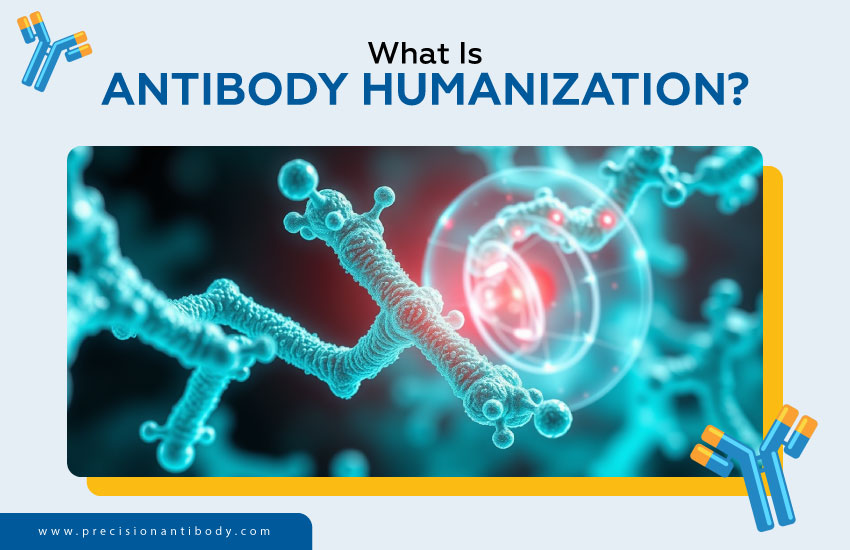
The process of making non-human antibodies, which are usually derived from mice or other animals, more like human antibodies, is known as “humanization.” This technique reduces immunological rejection risk while preserving the antibody’s ability to effectively target certain antigens.
Immunoglobulin G (IgG) antibodies absolutely define the adaptive immune system. Finding and destroying intruders like viruses and bacteria depends on these vital antibodies. Good knowledge of their structure and purpose is essential to develop therapeutic antibodies and appreciate how the immune system battles illnesses.
IgG antibodies are these cool Y shaped molecules made up of four polypeptide chains that are linked together by disulfide bonds. There are two identical chains one heavy (γ) and one light. This setup results in a 150-kDa tetramer. A molecule has two main parts:
Notably, asparagine 297 in the Fc region has a conserved N-glycosylation site. The glycans attached to the antibody really alter its structure and function particularly when it comes to how it interacts with complement proteins and Fc receptors.
The immune response relies on IgG antibodies in a few key ways:
Also, the neonatal Fc receptor (FcRn) binds to the Fc region of IgG. This helps move IgG from the mother to the fetus across the placenta and adds to the long half life of IgG antibodies in circulation.
IgG antibodies’ structural characteristics, such as their glycosylation patterns, are essential to their appropriate operation. Changing how glycosylation works can affect how stable antibodies are and how they work with effector molecules. This can affect the immune response as a whole.
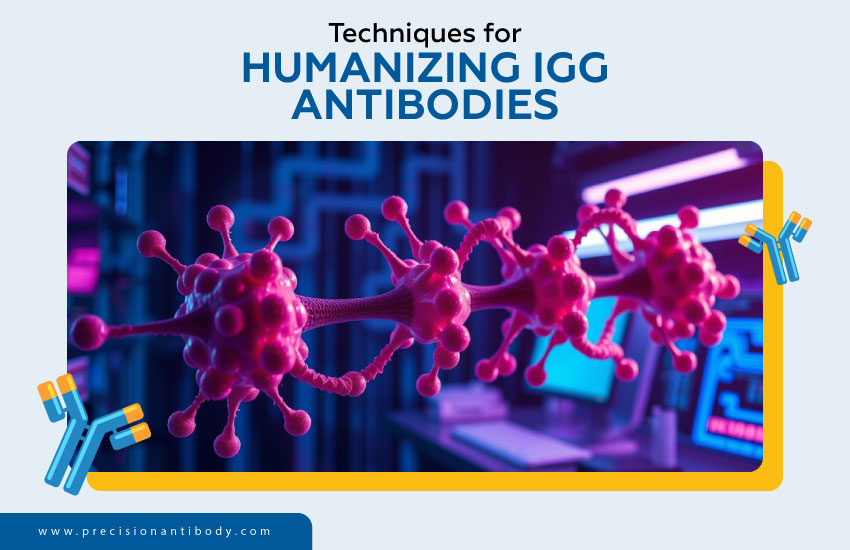
Humanizing an antibody involves swapping out animal sequences for human ones all while ensuring that the antibody can still effectively bind to antigens.
CDR grafting has always been seen as a key aspect of making antibodies more human like. It reduces the immunogenicity of therapeutic antibodies that come from non human sources all while maintaining their ability to bind to antigens. This method takes the key regions that recognize antigens known as CDRs from a non human antibody and puts them into a human antibody structure.
So there are a few key steps you need to follow in the CDR grafting process:
There are a bunch of really impressive benefits to CDR grafting:
Complementarity-determining region (CDR) grafting is still a common way to make antibodies more human, but many other ways have been found to make immunoglobulin G (IgG) antibodies less immunogenic and more effective in therapy.
Antibody fragments are displayed on the surface of bacteriophages or other microbes in display technologies like phage display. These technologies use libraries made from human RNA to choose entirely human antibody fragments with the required specificities. Notably phage display techniques were used to develop adalimumab a therapeutic antibody approved for use in humans.
Human antibodies have been made by transgenic animals, mostly mice whose immunoglobulin genes have been changed to include human ones. These platforms make it simpler to produce therapeutic antibodies that are less likely to cause problems with the immune system.
This goal is accomplished by allowing the immune system of the transgenic animal to produce antibodies in the same way that the immune system of humans does when exposed to an antigen.
Single domain antibodies or nanobodies come from sharks’ and camels’ heavy chain only antibodies. These antibodies with only the variable domain penetrate tissue better and are smaller. Now, they can be humanized and used therapeutically through CDR grafting.
Glycoengineering alters the glycosylation patterns of antibodies to reduce immunogenicity and boost efficacy. Fucosylated antibodies have higher ADCC because they don’t have any fucose residues in their Fc region. This change boosts antibody cancer treatment.
Every one of these alternate humanization techniques has special benefits and has helped create safer and more efficient antibody-based treatments.
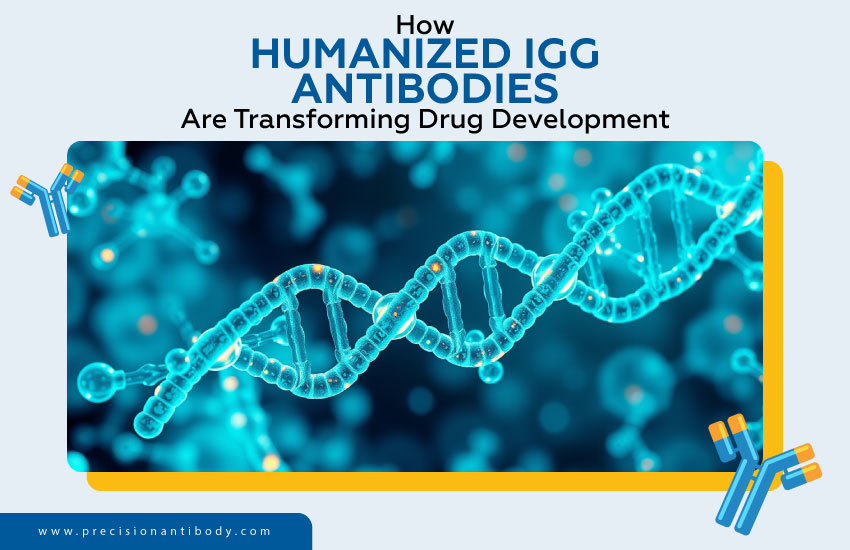
Humanized IgG antibodies have really transformed the way we create medications. They enhance therapies, making them safer, more precise, and more beneficial for patients.
Traditional antibodies derived from mice often cause immune system responses in humans which lowers their effectiveness and raises the risk of serious side effects. One way to humanize something is to use Complementarity Determining Region (CDR) grafting, which moves mouse CDRs into human antibody frameworks. This mechanism preserves antigen specificity and reduces immunogenicity, improving therapeutic antibody safety.
Clinical case studies have demonstrated this advantage. For instance, trastuzumab (Herceptin), a humanized monoclonal antibody, changed how breast cancer was treated by allowing precise targeting with little immune rejection. As a result, patient outcomes improved dramatically, and Herceptin became a standard treatment in HER2-positive breast cancer.
Humanized IgG antibodies are more effective because they can attach to target antigens with greater precision. This selectivity enhances therapeutic efficacy and minimizes off target effects ensuring high-quality antibodies with superior specificity. So humanized antibodies are pretty cool because they can specifically target tumor cells in cancer immunotherapy, and the best part is they do this without harming healthy tissue, which helps to reduce side effects.
Nivolumab also known as Opdivo is a well known humanized IgG4 antibody that blocks the PD-1 receptor and improves the immune system’s ability to fight cancer. Its accurate targeting has transformed the treatment of melanoma and non small cell lung cancer.
Because humanized IgG antibodies are safer and work better, clinical trials and regulatory approval can happen faster. Lower immunogenicity results in fewer adverse events making it simpler for developers to prove safety in clinical trials.
Furthermore, humanized antibodies are more likely to satisfy the strict regulatory standards of organizations like the European Medicines Agency (EMA) and the U.S. The Food and Drug Administration or FDA. So patients and pharmaceutical companies end up benefiting from getting products to market faster.
Developments in genetic engineering and computer modelling have improved humanization approaches. These days, modern methods concentrate on improving manufacturability stability and affinity.
For example:
Humanized IgG antibodies can be added to drug development pipelines so that biotechnology and pharmaceutical companies can get complete solutions. With humanized antibodies many different therapeutic needs can be met, from finding targets and antibodies to clinical working on development and getting ready for the market.
Because they’re so versatile and have a solid history of working well in clinical settings, they really come in handy when it comes to developing new treatments for different diseases.
Humanized IgG antibodies have changed how medicines are made, making them safer more effective and faster. They have also opened up new ways to do engineering work leading to complete solutions for the pharmaceutical and biotech industries.
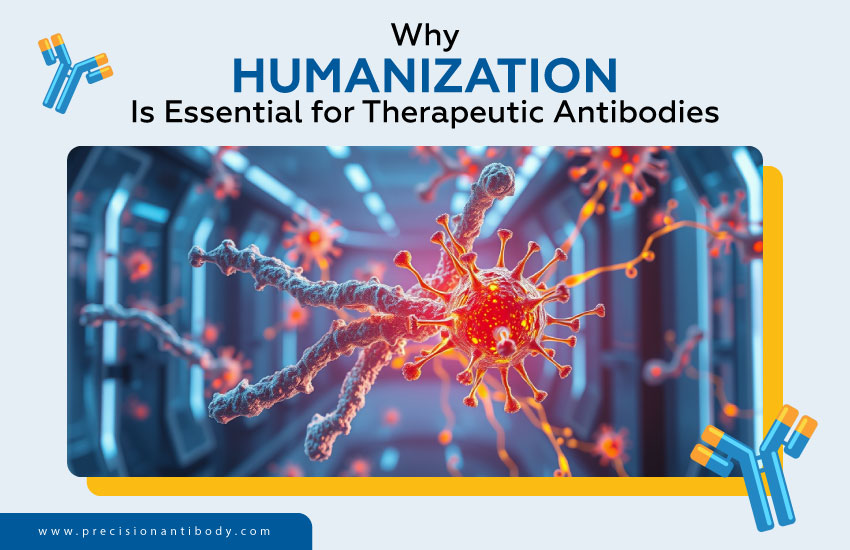
As the advantages of humanized IgG antibodies become increasingly clear, demand for them keeps growing. Humanization enhances clinical results, meets regulatory requirements, and resolves ethical issues related to antibodies generated from animals.
From a scientific standpoint, humanization guarantees that antibodies are more efficient, less immunogenic, and simpler to produce on a large scale. Humanized antibodies offer a highly specific, safe, and adaptable therapeutic platform as pharmaceutical companies shift toward personalized treatment.
Humanized antibodies, like bevacizumab (Avastin) and adalimumab (Humira), have already transformed the treatment of chronic diseases. With cutting edge advances in custom antibody development the role of biologics in cancer therapy is set to grow paving the path for more effective and tailored treatments. Their contributions to medicine creation will only increase as technology advances.
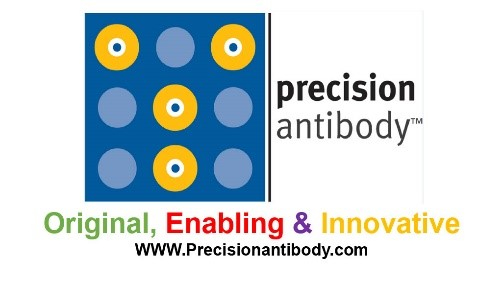
Led by innovative minds in immunology and the antibody development field, Precision Antibody has been an industry leader for over 20 years. We not only implement a cutting-edge technique in antigen design, antibody development, production, and other analyses, but we are also constantly working on ways to improve and advance technology to match the ever-changing world of science. If you are interested in learning more about Precision Antibody’s Custom Antibody development.
Precision Antibody™ is the forefront of the global Custom Antibody industry & it is led by the innovative minds in immunology and antibody development field.